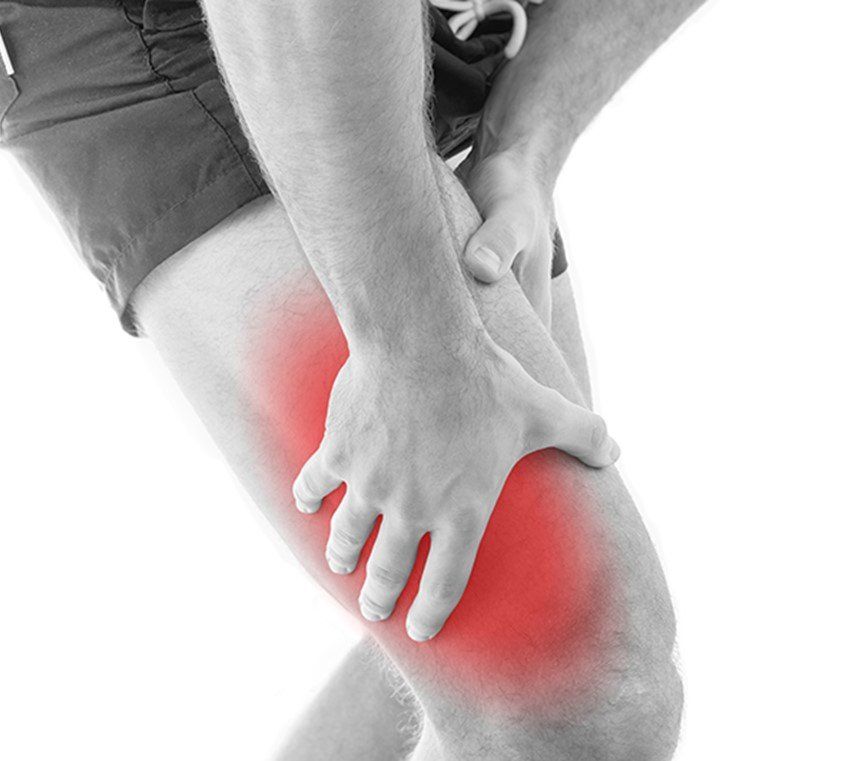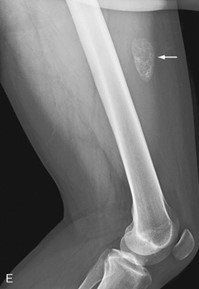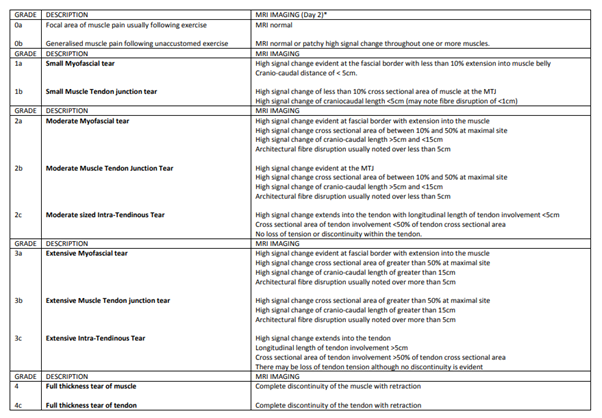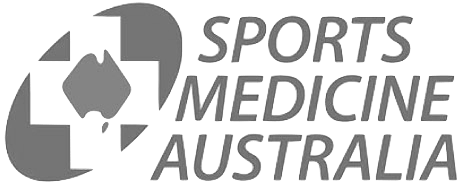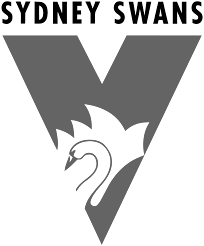Muscle Injuries
Muscle injuries include strains and contusions.
Contusions
Contusions are caused by direct trauma to a muscle, which leads to bleeding and in severe cases, destruction of muscle. This is also known at a “Cork” muscle and often occurs in contact sports. While most cases recovery with simple treatments to limit inflammation, severe cases can lead to a condition known as Myositis Ossificans. This is where there is an area of muscle cell death and the haematoma (collection of blood), forms calcium instead of new muscle. The condition can lead to ongoing weakness and pain with muscle contraction that lasts many weeks and even months.
Muscle Strains
Muscle Strains tend to occur with intense exercise when physical preparation is not ideal. However, they can occur despite the very best fitness, preparation and loading consistency.
When you “pull” a muscle, you tear muscle fibres. The old classification system for muscle injuries was a simple 1-3 grading of increasing severity. With the development of MRI, we now have more sophisticated ways of grading muscle injuries, that help us predict how long recovery will take. They also help us understand the risk of recurrent injury.
Source: British Athletic Association Grading System
Most lower grade muscle strains can be diagnosed clinically without the need for MRI. They recover from the moment of injury if the principles of POLICE are followed (Protection, Optimal Loading, Ice, Compression and Elevation). Recovery should be guided by a physiotherapist to ensure that rehabilitation milestones are met for full recovery prior to return.
Intra-Muscular Tendon injuries are among the more difficult muscle injuries to treat. They are often diagnosed after failed rehabilitation or recurrent injury, and they represent a loss of architectural strength to the tendon scaffold that runs in the middle of a muscle. The management of quadricep and hamstring intramuscular tendon injuries is summarised below.
Treatment
Once again the POLICE method of treatment applies, in addition to "doing no HARM"
- Heat
- Alcohol
- Running and
- Massage
Progressive rehabilitation needs to respect the physiology of healing including avoidance of heavy stretching in the early stages, utilisation of early mobility as tolerated and progression to strength, length and velocity of muscle activity. Functional milestones are more helpful than arbitrary time-frames in decisions around return to play, but in high risk cases (recurrent strains, high-risk athletes or muscle types) it is wise to aim for a degree of reserve and resilience BEYOND what is required to train and compete.


